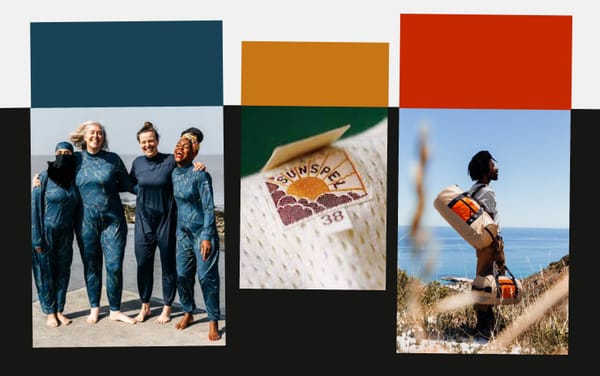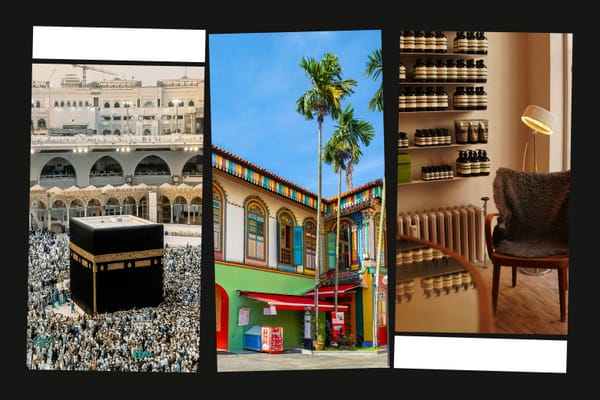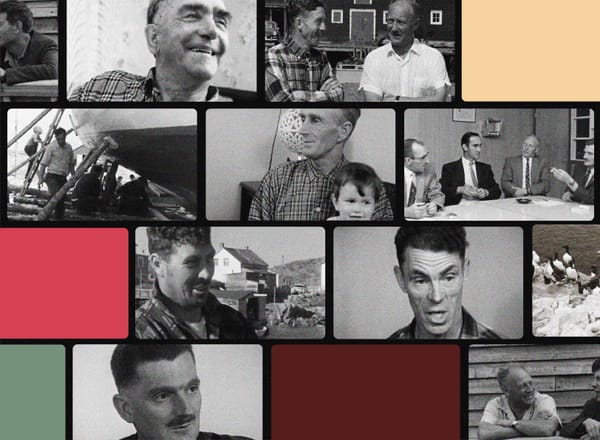Branding is for Cows. Stories are for People.
What a 1960s Fogo Island film can teach us about connection today.
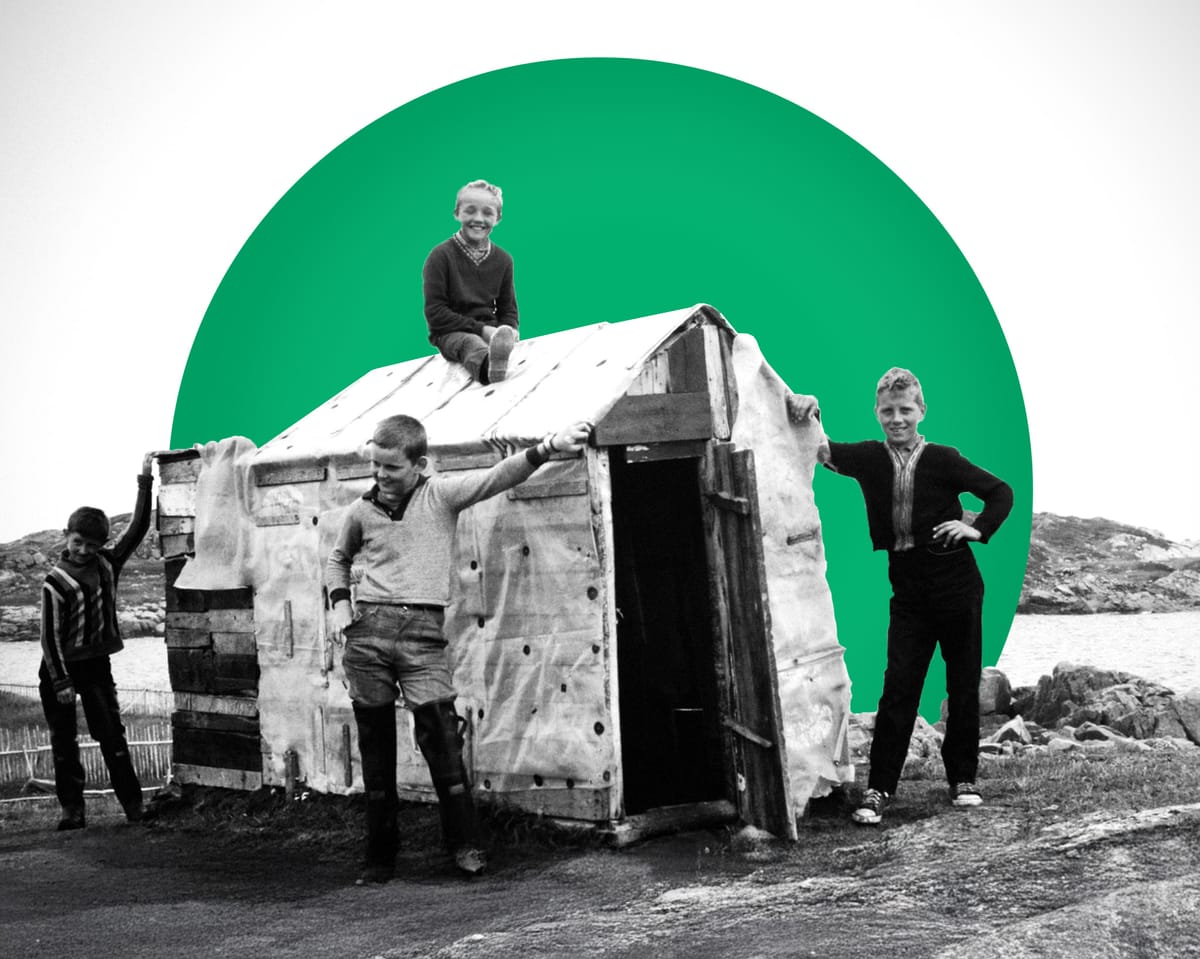
Frontier Magazine is back! This is the first issue of a new direction, in which Paddy Harrington, Frontier's founder and principal, shares stories of how he's used creative storytelling to help clients of all scales.
There’s a phrase in the local vernacular these days: Without challenge, there can be no change. The idea is that in our modern world of “soft parenting” we’re creating more anxious children and it’s important to expose them to an 'antifragility' mindset and the kinds of challenges that build more resilient human beings with the capacity to navigate the inevitable stresses of modern life.
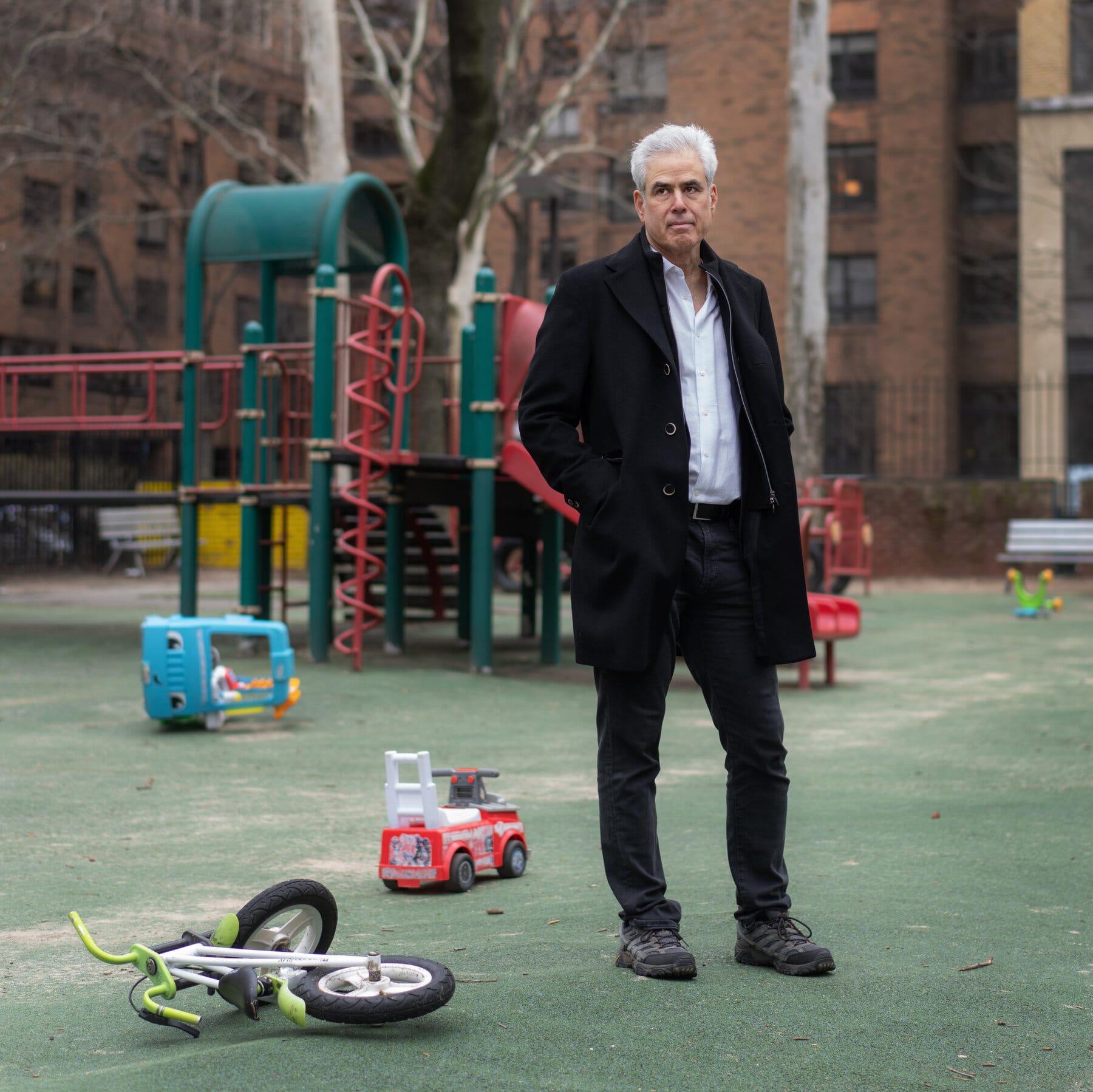
The phrase is eerily similar to a 1960s-era National Film Board of Canada (NFB) project called The Fogo Island Process. Spearheaded by filmmaker Colin Low and part of the NFB’s Challenge for Change program, the process used documentary filmmaking as a tool for social change and community development.
The inshore fishery was suffering because of industrial-scale offshore fishery, where giant “factory” trawlers dragged nets across the ocean floor, destroying habitats vital to the survival of cod, the backbone of the economy of Newfoundland from the late fifteenth to the twentieth centuries.
Fogo Islanders were distributed around the perimeter of the island among eleven communities. Despite its small size (roughly the same as Manhattan, but with six thousand inhabitants at its peak), they had very little contact with one another. And religious splits within communities meant that some who lived on one side of a harbour would never speak to those on the other.
The Challenge for Change project introduced the concept of participatory filmmaking. Low worked directly with residents, recording interviews and capturing everyday life. The goal was to give the communities the ability to express their challenges, values, and aspirations.
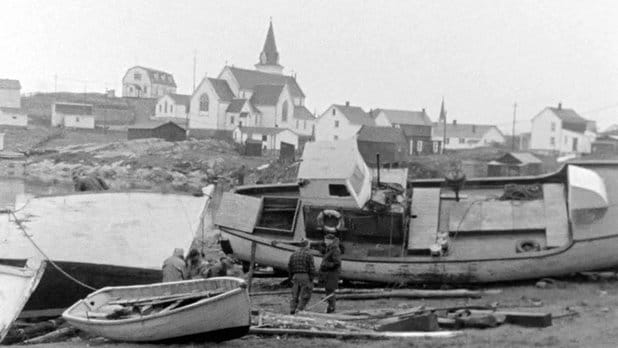
Once the interviews were finished, the film was made and shown to the residents, allowing them to see their shared struggles and fostering a sense of solidarity. This participatory process gave the community agency. Communities that had felt so deeply disconnected despite their close proximity now understood that, together, they had power. That sense led to the foundation of the Fogo Island Co-op, which helped the islanders pool resources and survive comparatively well as the fishery continued its decline through to the 1990s.
This is the real power of stories.
We often associate stories with brand or marketing or entertainment. In other words, we think of them as superficial wrappers with no potential for meaningful impact. This coming year we will reflect on how stories are our most powerful instrument for change.
The word 'brand' comes from an Old Norse word which means 'to burn'. Branding a cow means to burn a symbol into its hide to mark ownership. It's skin deep. For the casual fan, branding means your logo. For practitioners, branding means so much more. It's the fundamental story of who you are and what you are trying to accomplish, told in a way that is uniquely 'you'.
And it can go even deeper. The best brands are stories that give purpose, direction, and ambition. They unite people around a common cause.
In this fractious era, we need better ways to come together. We live next to each other but inhabit startlingly different realities. This leads us to believe we are alone when, in fact, we share struggles for a sense of belonging and togetherness and aspire to provide comfort for those we care about. If there’s no challenge, there’s no change. In fact, living with challenge might even be a powerful source of resilience building.
The next evolution of Frontier Magazine will focus on how stories can unite, align, and inspire people. Stories challenge us and they change us. They can bring us together at the level of community and even change how our brains work at the level of neuroscience. It’s this maximum amplitude exploration of stories and storytelling that’s our focus.
We hope you’ll follow along as we share what we’ve learned through years of applying this kind of thinking to everything from professional basketball teams to city masterplans and how, in every case, the goal was to offer a way of thinking and a uniting narrative that helped navigate challenges on the path to productive change.
Take care,
Paddy
Related Links
👦 The Children of Fogo Island
🎥 The Fogo Island Process
🥽 Talk on Antifragility


